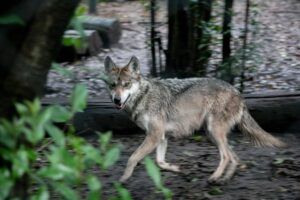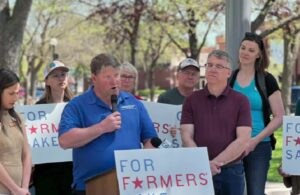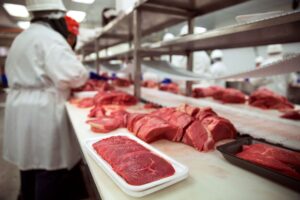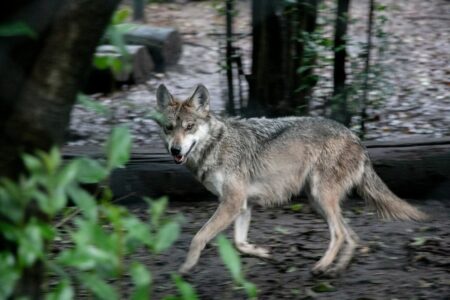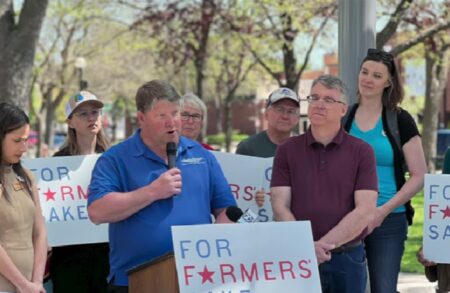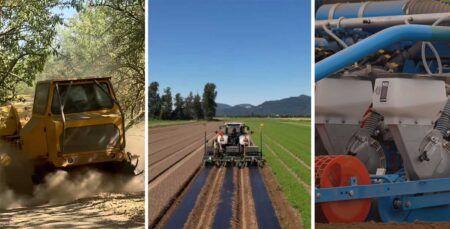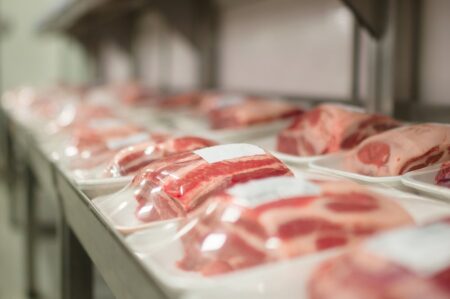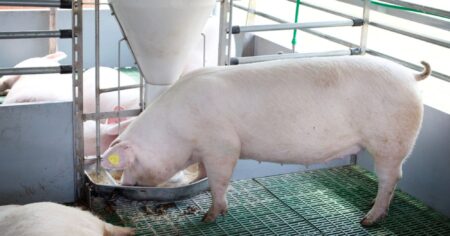By Peter Richards and Seth Meyer
U.S. and Brazilian farmers compete directly in global markets for feed, food, fiber, and fuel. Collectively, they supply approximately 58% of the world’s corn and 84% of its soybeans (Trade Data Monitor, 2025). Current discussions on tight producer margins in the United States are putting a strong focus on input costs and use, and the competitiveness of U.S. farmers in a global marketplace.
Recent analyses from farmdoc and the USDA have highlighted cost competitiveness of U.S. and Brazilian farmers in soybeans and corn (Colussi et al., 2023, 2024; Valdes, Gillespie and Dohlman, 2023). A closer look at cost data, as reported by both governments, however, suggests important cost asymmetries for key material inputs. After controlling for productivity differences, we find that in 2024, U.S. soybean and corn farmers paid less for material inputs than farmers in Brazil, with one important exception: soybean seeds (Figure 1).
farmdoc
Fertilizer and Chemical Costs: Advantage U.S.
In 2024, U.S. farmers, on average and on a per-bushel basis, paid less for fertilizers and chemicals for soybeans and corn than farmers in Brazil. U.S. farmers paid 10% and 45% less per bushel for corn and soybean fertilizers, respectively, than their Brazilian counterparts, and 40-45% less for pesticides.
Fertilizer expenses for soybeans in Brazil are driven by abundant phosphorus applications, which is particularly necessary in the Cerrado region’s iron-rich, weathered soils, where phosphorus is naturally scarce (Roy et al., 2016). Soybean farmers in the Cerrado region, now Brazil’s most important agricultural region, import and apply more phosphorus than their Brazilian or U.S. counterparts. Chemical costs in Brazil and the U.S. tend to be highest at lower latitudes, presumably due to the year-round pest pressures of warm climates. Such climatic factors, alongside advantages in infrastructure, may offer a competitive advantage to U.S. farmers.
Seed Costs: Brazil’s Advantage in Soybean Seed Costs
Brazilian soybean farmers possess a significant cost advantage for one key material input over their U.S.-based counterparts: seeds. Brazilian soybean producers pay approximately one-third less in seed costs per bushel than U.S. farmers. Brazil’s cost advantage for seed does not apply as generally to corn. U.S. corn producers pay roughly 21% less per bushel in corn seed costs than their Brazilian counterparts.
Producers in the U.S. and Brazil have access to high-performing seed genetics for corn and soybeans. Several factors may contribute to Brazil’s advantage in soybean seed costs. Large-scale farms in Brazil, for example, may create economies of scale in seed purchases. This advantage may be reflected in the regional cost estimates for corn seed by the Brazilian national supply company known as CONAB. Reported costs per bushel are lowest in Mato Grosso, home to Brazil’s largest soybean and corn farms (Figure 2). However, in 2024, nearly all Brazilian reporting regions, including where farms are smaller (e.g. in Brazil’s southern states) report per-bushel soybean seed costs lower than costs for U.S. farmers.
farmdoc
Intellectual property enforcement, and by extension the ability of commercial suppliers to extract income from seed sales, may also play a role. Unlike hybrid corn varieties, which lose vigor when replanted, soybean seeds can be saved, stored, and replanted. While U.S. farmers are often bound by contracts prohibiting the replanting of patented soybean varieties, Brazilian producers may face fewer restrictions, potentially lowering seed costs (Valdes, Gillespie and Dohlman, 2023).
Implications for Competitiveness
Input-level discrepancies underscore the comparative advantage U.S. farms maintain in fertilizer and chemical costs, particularly for soybeans. However, the seed cost disadvantage in 2024 for U.S. soybean producers warrants closer scrutiny. Understanding the drivers behind this gap, be they differences in government policy or commercial strategy, and identifying opportunities to reduce it, will be critical for maintaining U.S. competitiveness in global soybean markets.
Methods and Data Used for this Analysis
Cost data for this analysis were sourced from Brazil’s National Supply Company (Companhia Nacional de Abastecimento, or CONAB) and the USDA Economic Research Service’s (ERS) Commodity Costs and Returns data series (Gillespie et al., 2025). The USDA ERS provides soybean cost estimates for seven U.S. regions and corn costs for six regions, along with national averages. CONAB reports input costs for 18 locations across Brazil for soybeans and corn (CONAB, 2024). To derive a national average for Brazil, we calculated the mean across all reported locations.
Brazilian cost data are reported in Brazilian reais (BRL) per hectare. To convert these figures to U.S. dollars (USD) per bushel, we first estimated bushels per hectare using reported productivity values, then applied the 2024 average exchange rate of 5.3872 BRL/USD (IMF, 2024). In Brazil, currency exchange rates can have an important impact on input costs, with currency depreciations resulting in lower costs in USD.
Reported material costs may not reflect actual costs per producer. Actual costs are likely to vary within each production region. Time and scale of material purchases, material quality and technology, financing requirements and distribution costs within each reporting region will also influence actual costs paid.
Comparative Cost Advantages for U.S. Corn and Soybean Production, and a Seed Cost Disadvantage in Soybeans was originally published by Farmdoc.


